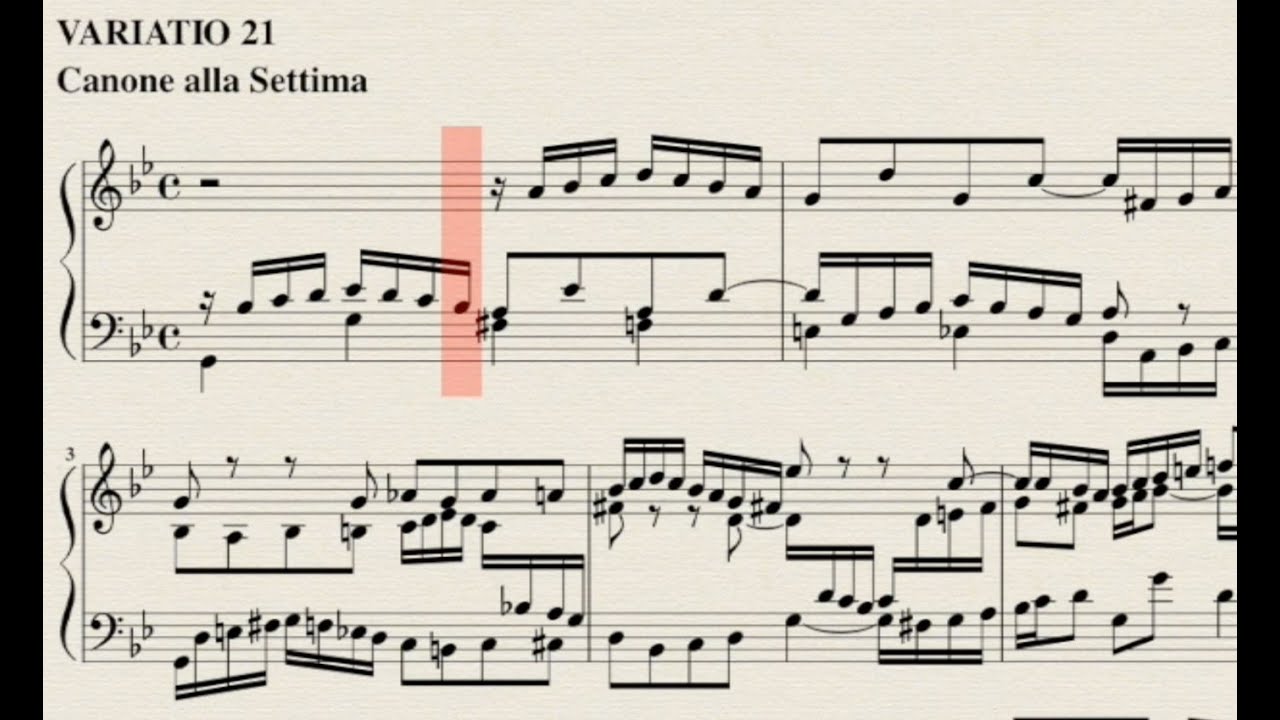
Modest Tchaikovsky joined them, and the merry threesome undertook some scenic travels throughout Europe. Barely a year had past since the lovers had unceremoniously separated. Feeling much more relaxed, Tchaikovsky reunited with his former student and lover, the violinist Iosif Kotek. In essence, Tchaikovsky had separated from his wife Antonina Miliukova and fled to a peaceful Swiss resort village on the shores of Lake Geneva. For Tchaikovsky, this concerto certainly represents a bit of a triumph and of victory. Not only do we have the violin concertos by Beethoven and Brahms, but the wonderful Tchaikovsky concerto as well. Johann Pachelbel: Canon in D Major (John Holloway, baroque violin Stanley Ritchie, baroque violin Andrew Manze, baroque violin Mary Springfels, viola da gamba Nigel North, theorbo John Toll, harpsichord)ĭ major is a super popular key for violin concertos. No wonder this little work is so popular, and it is certainly one of the best songs in the key of D major. If you listen carefully, you can hear that the basso continuo repeats the same bass pattern over and over, and that the three canonic voices undergo a number of delightful variations. The canon is sung by three violins, and accompanied by the basso continuo. Canons tend to be a little complicated, but this one is fairly simple. Aha, I hear you say, it can only be Pachelbel’s Canon. I give you a hint the German Baroque composer Johann Pachelbel composed that super versatile work in D major sometimes between 16. I have also heard it in airports, malls and public toilets. As usual, Beethoven didn’t get anywhere with women but he did compose one of the best songs in D major.ĭo you know what little baroque composition achieved pop cult status in the late 20th century? I am sure you have heard it at weddings, funerals, graduations, and commercials of all kinds. It’s more likely that he had a different conquest in mind, as the piece was written on the estate of Countess Marie von Erdödy outside Vienna. When Beethoven wrote this piano trio he certainly was not going to war. It’s been said that the ghost of Macbeth might well have influenced the spooky feeling in the second movement.


It’s been nicknamed the “Ghost Trio” because of the sonic effects of the slow movements, and because Beethoven was simultaneously working on an opera based on Macbeth. But my favorite Beethoven in D major is the Piano Trio Op. We also find that a Serenade and the world-famous violin concerto are written in that key. There is also a string quartet in D major, alongside his 2nd Symphony and the Missa Solemnis. Glancing over his works, we find a number of piano and cello sonatas in that key. I generally associate Beethoven’s music with the heroic key of E-flat major, but he certainly liked the key of D major just as well.


 0 kommentar(er)
0 kommentar(er)
